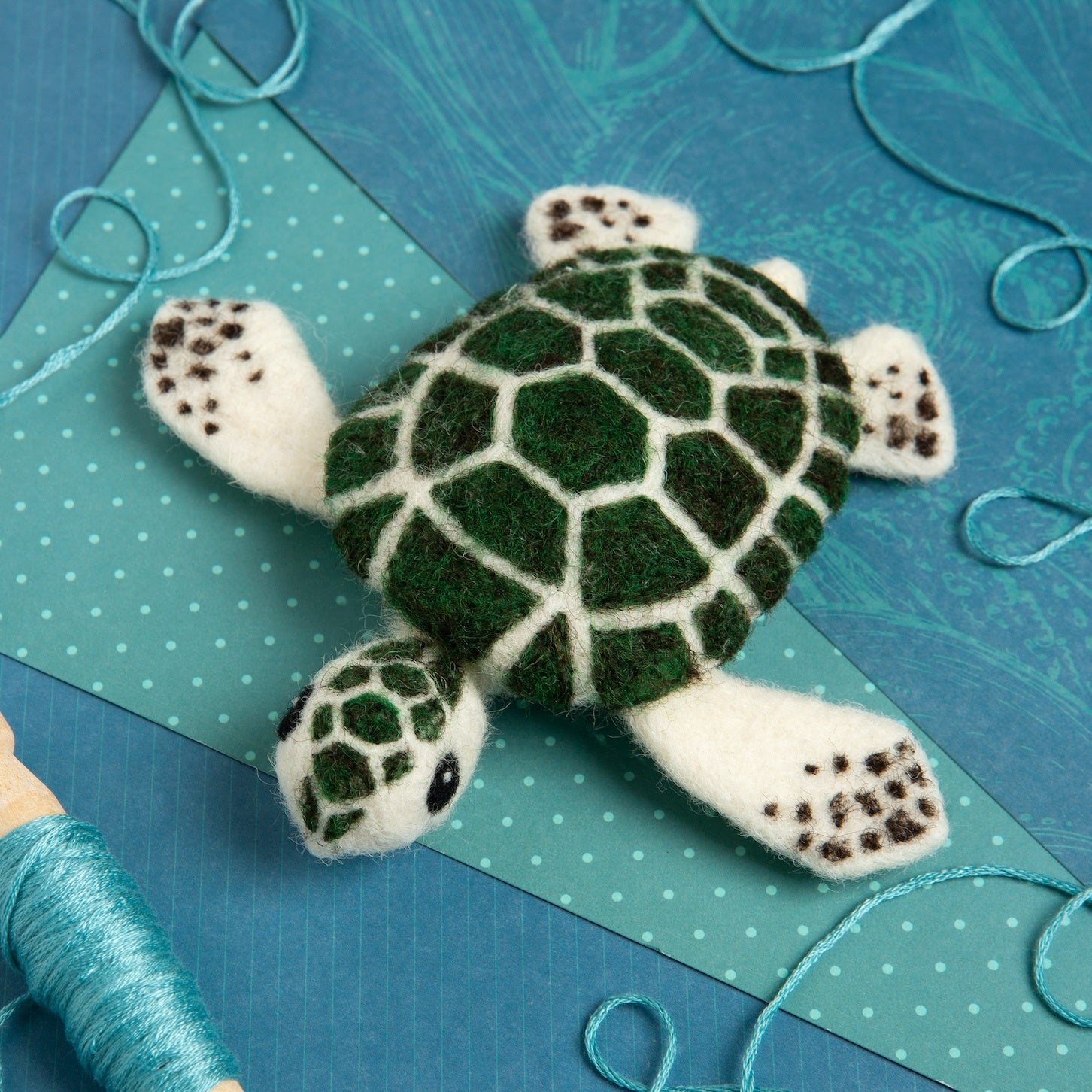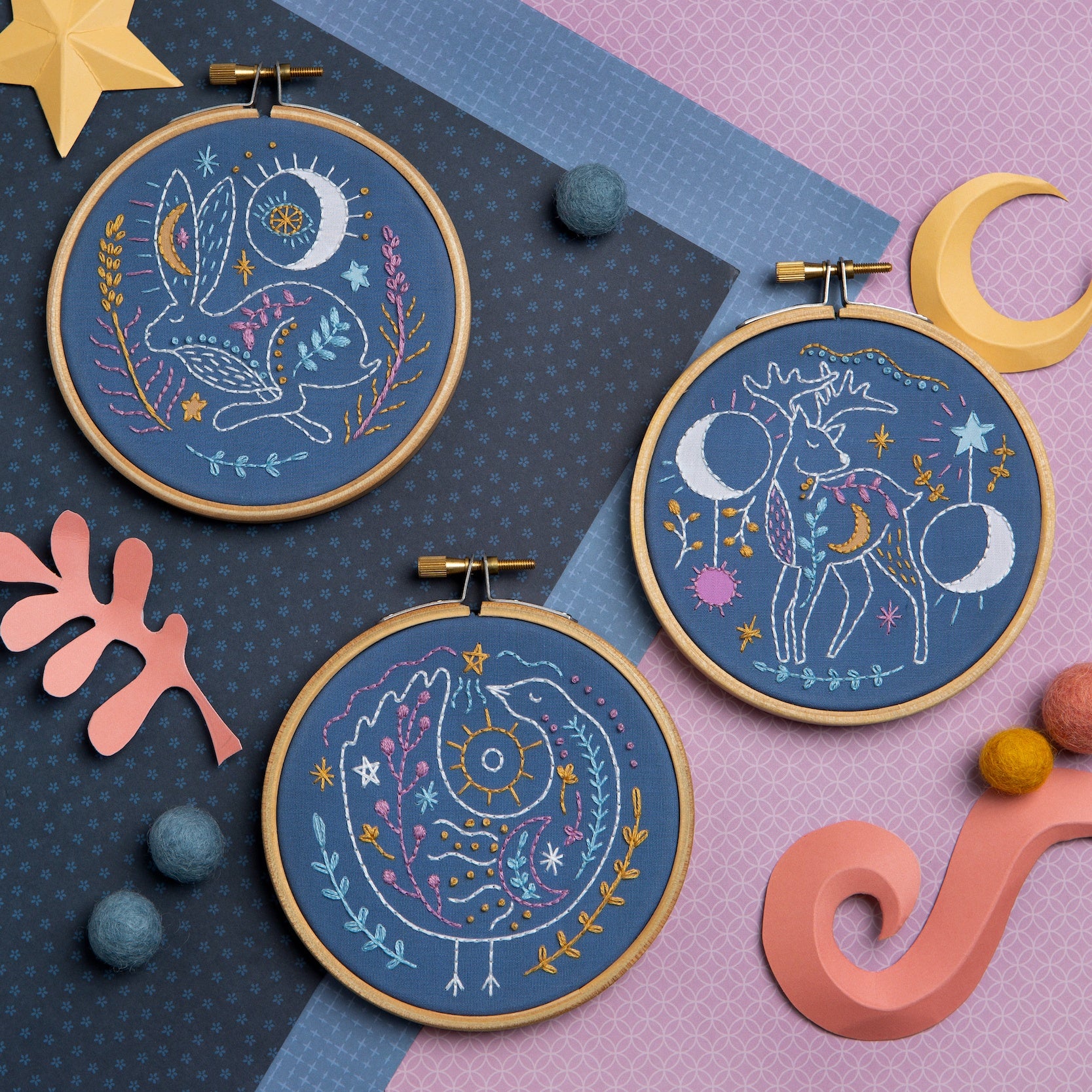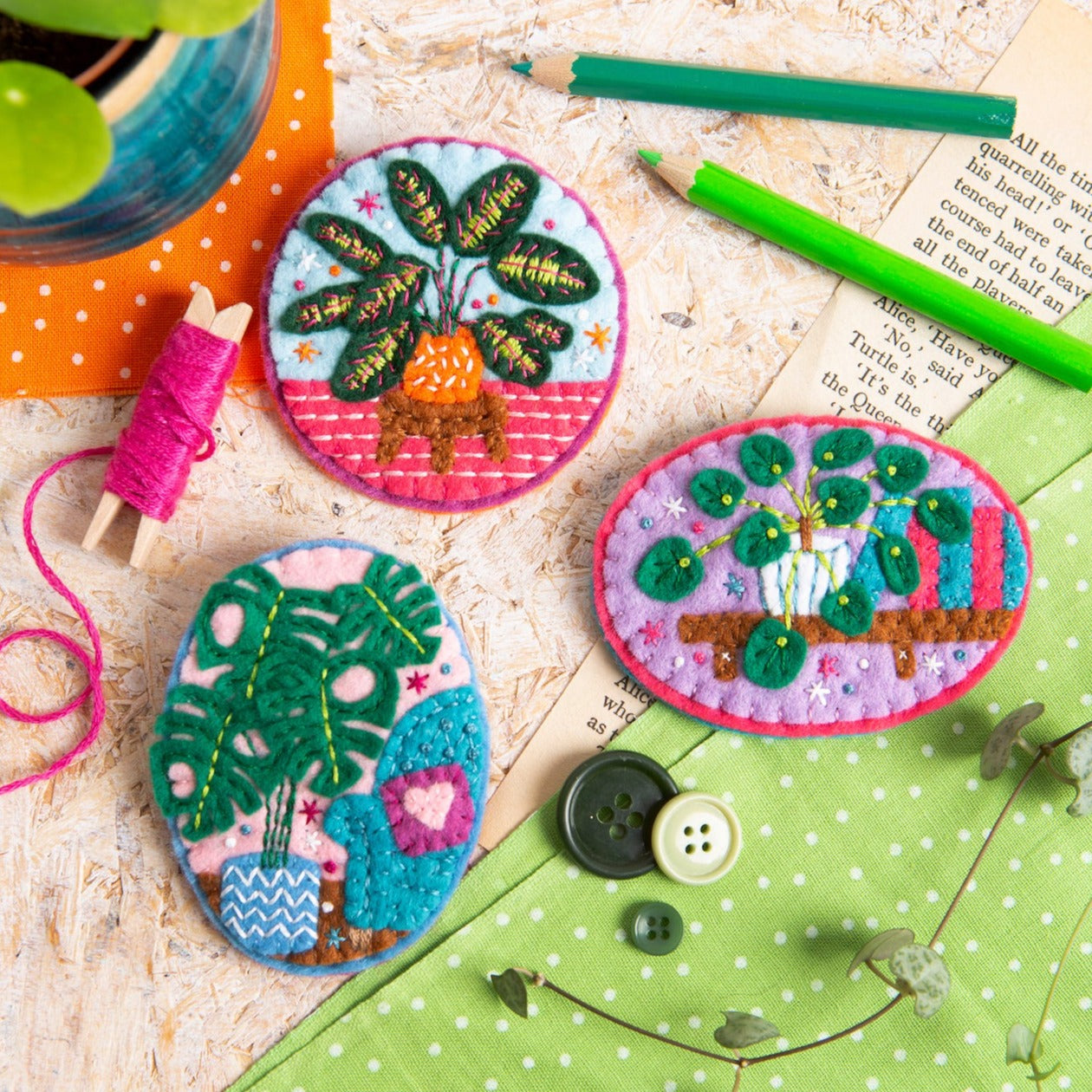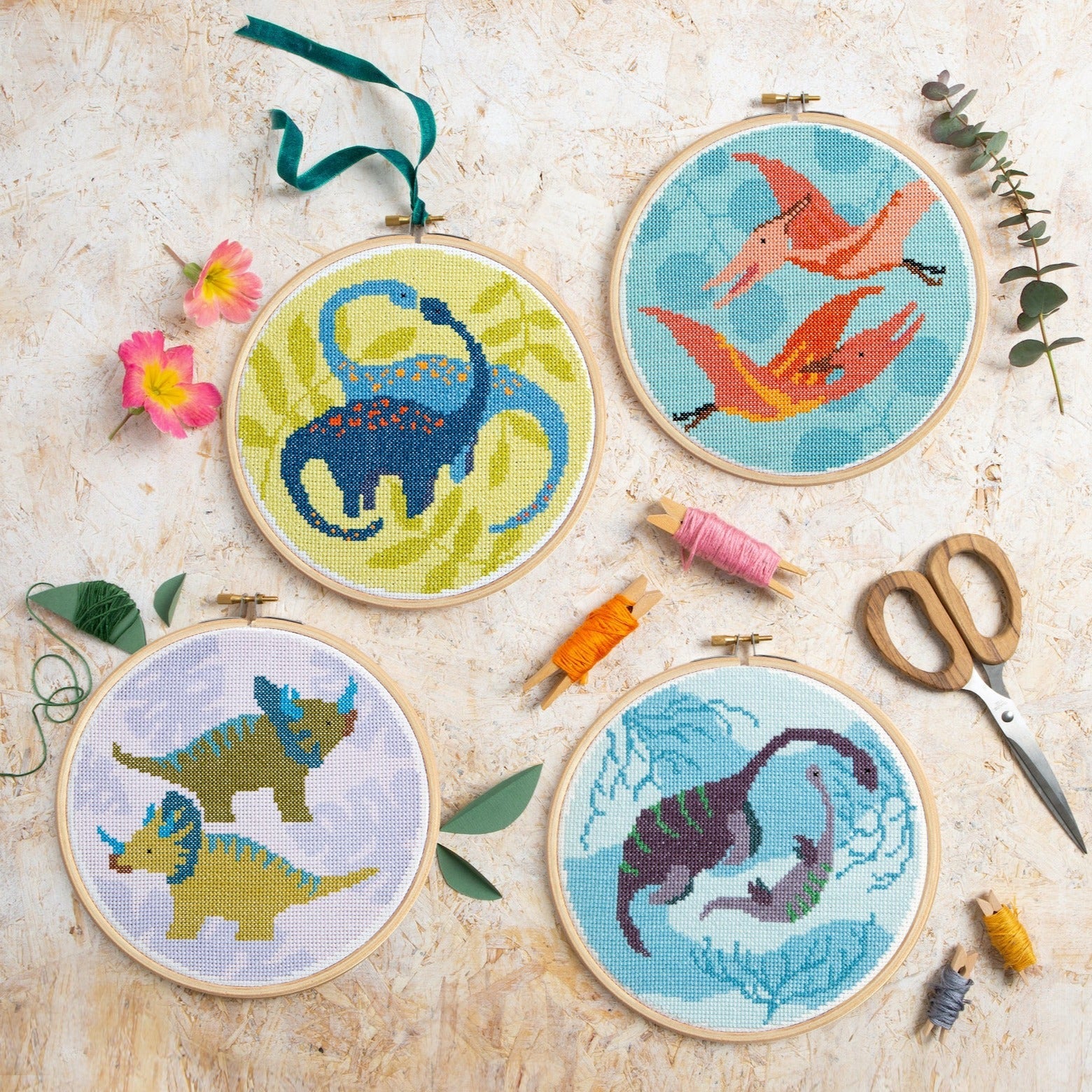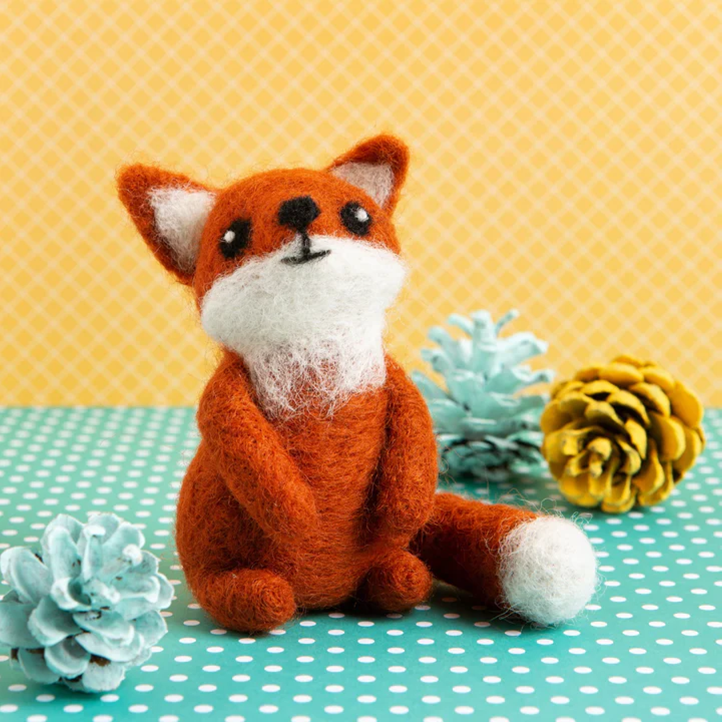I often get asked how to get a smooth finish on needle felted animals. This is a great question so I'm sharing one of my recent answers for you!
Merino is generally classed as one of the hardest wools to felt with as it is so fine, but it can give you a smooth finish which is why it is used so much. I personally prefer working with Shetland, Romney or Corriedale but it is personal preference and you should try and make a few pieces in different wools to see which you prefer.
There are far more colours available in Merino which is why it’s so popular. One key thing to note is that you are working with wool and it will always be a bit fluffy! This is one of the joys of needle felting and what gives it its unique nature. So please don’t worry too much about getting a perfectly smooth finish. That said, here are a few tips…
- Firstly make sure your finished piece is firmly felted. A loosely felted piece (one that is a bit squidgy) will be more likely to have fluffy edges as the fibres are just hanging around without anything to hold on to!
- If you are making flat pieces like wings on foam or a brush surface, and the needle is going through to the other side, you will be pushing out small tufts of wool creating a fluffy finish on the other side. To fix this work really shallow stabs just going into the felt, and going into the edges of the piece horizontally so you’re only stabbing into the wool, not into the working surface.
- Similar to above, when you are happy with the shape, work shallow stabs with a fine needle all over the piece. You may want to get a 40 gauge needle to help with this. This will give a neater finish and leave smaller holes.
- Don’t be afraid to use small scissors or thread snips to snip off any fluffy bits once the piece is fully felted - by this I mean very carefully trimming the edges but only cutting the loose fibres, not the felted shape.
Hopefully that will help you on your way. I really want to emphasise though that a bit of fluff isn’t a bad thing and is a sign of the material you’re working with!

